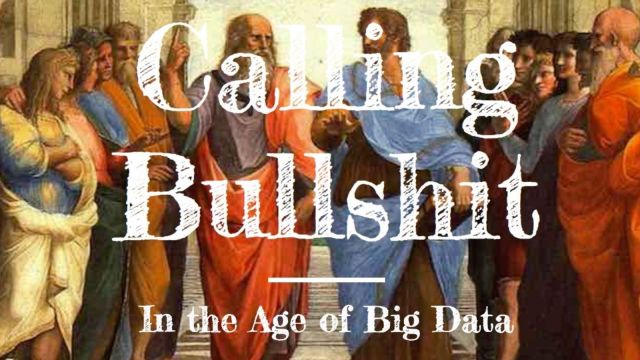What light pollution costs us every night
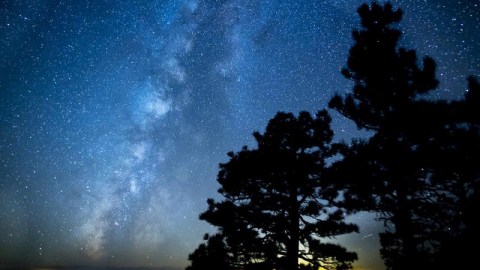
If you don’t have pristine, dark skies, you might never connect to the Universe. But there’s hope.
“Before we devised artificial lights and atmospheric pollution and modern forms of nocturnal entertainment we watched the stars. There were practical calendar reasons of course but there was more to it than that. Even today the most jaded city dweller can be unexpectedly moved upon encountering a clear night sky studded with thousands of twinkling stars. When it happens to me after all these years it still takes my breath away.” –Carl Sagan
Human vision is ill-adapted to true darkness, but our eyes can provide us with stellar views of the night sky.
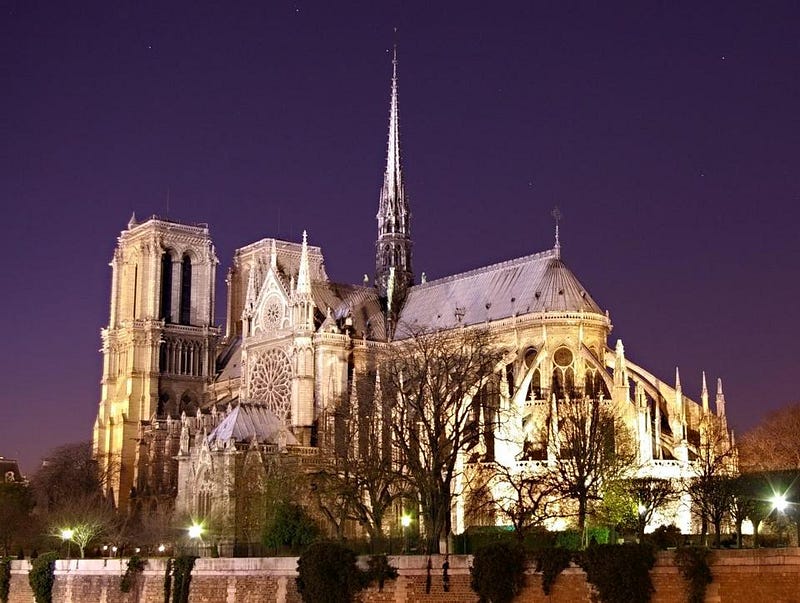
Since the invention of artificial lighting, however, our views of those natural wonders have diminished precipitously.
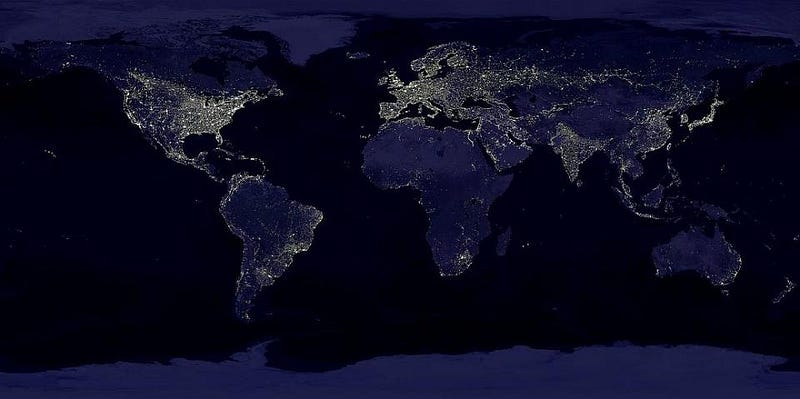
A view of the Earth at night shows how brightly lit our planet is.
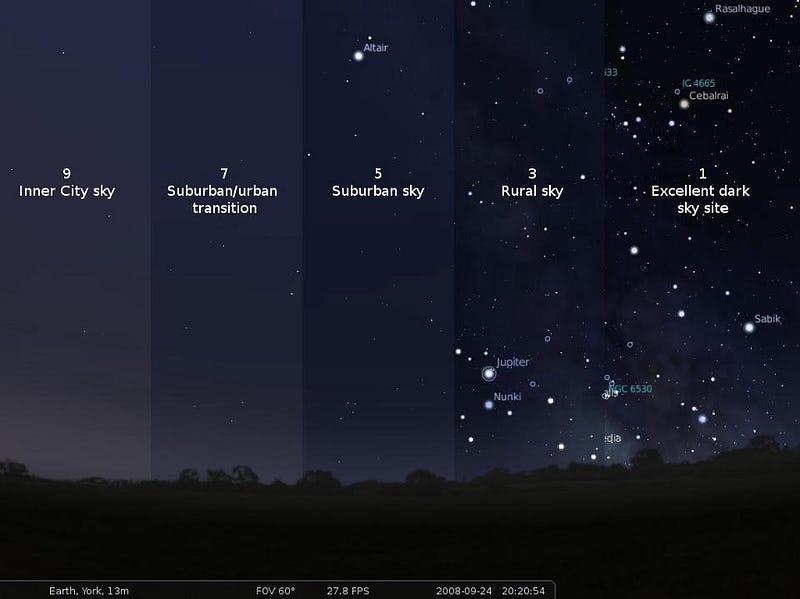
While this severe lighting negatively impacts wildlife — flora and fauna — the greatest loss to humanity has been our connection to the Universe.
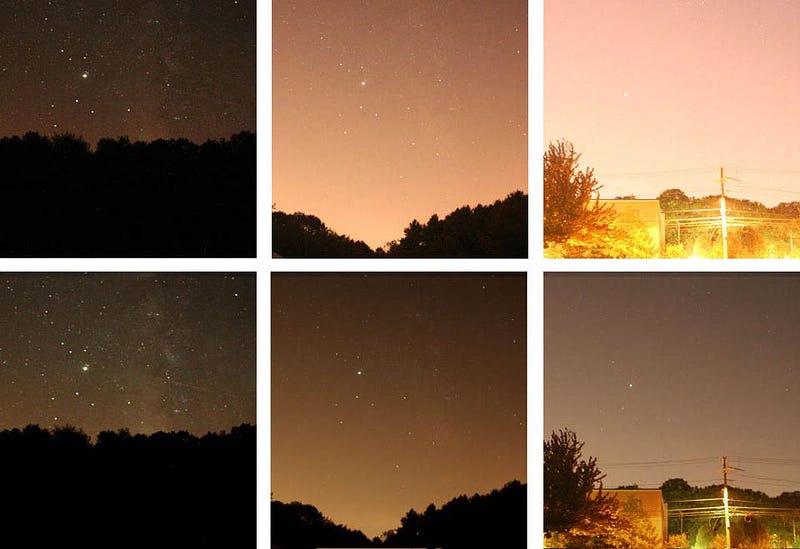
The amount of light pollution is quantified by the Bortle Dark-Sky Scale, where lower numbers represent the most pristine conditions.
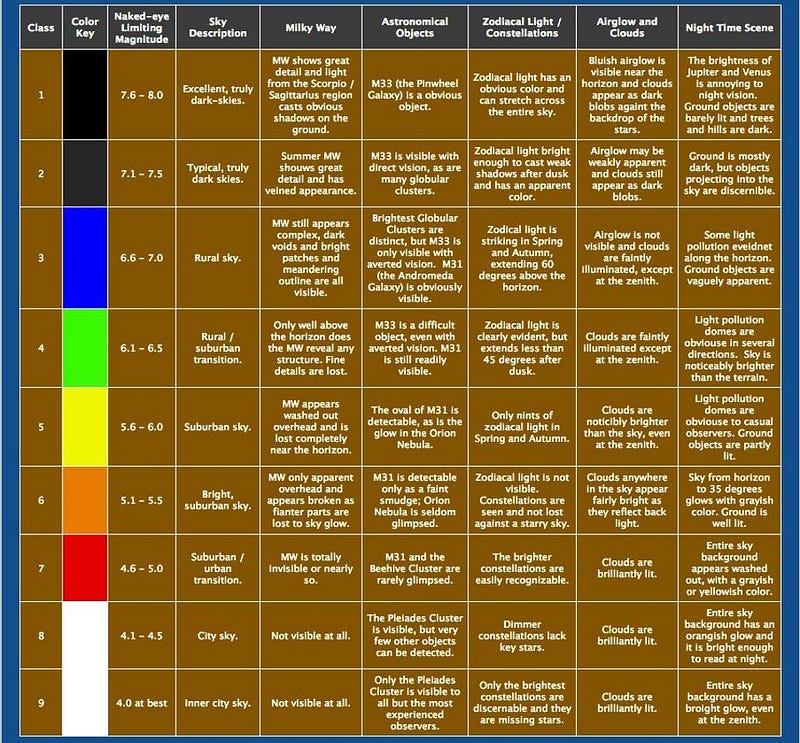
One is where the ground brightness is below 1% of the natural dark sky; 4/5 occurs when the ground brightness equals the sky; a 9, hundreds of times as bright, will erase nearly every star.
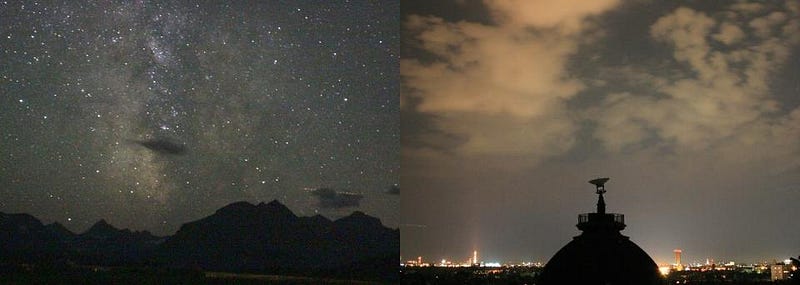
When the ground’s brightness surpasses the sky’s, clouds appear bright against the night, rather than as dark silhouettes.
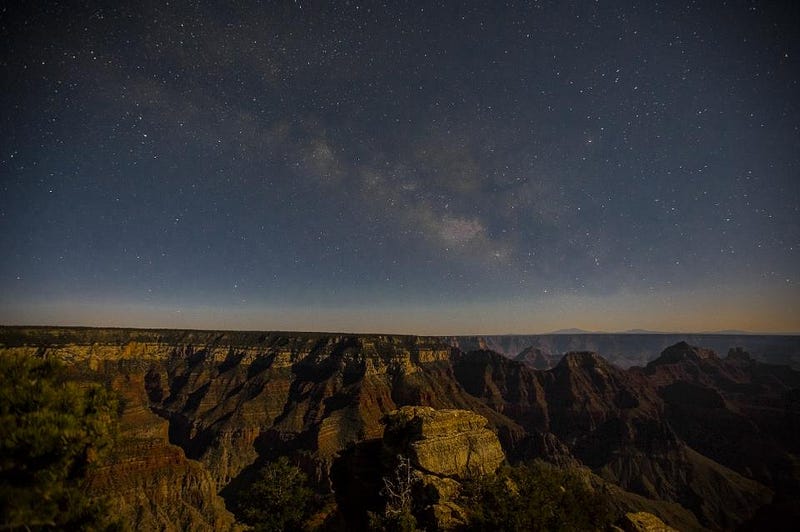
While cameras reveal many more stars than the unaided eye can, a dark, night sky offers spectacular views to humanity.
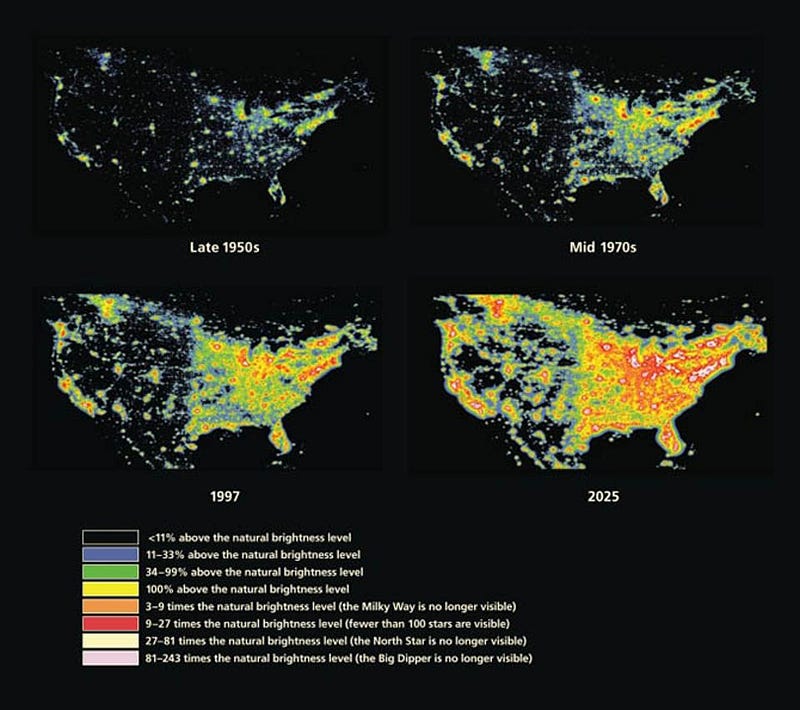
As urbanization increases, dark skies become rarer and less pristine.
https://www.youtube.com/watch?v=Ip2ZGND1I9Q
Unless we take precautions, the only remaining dark skies will be found in space.
Mostly Mute Monday showcases an astronomical phenomenon, event or object in pictures, visuals and no more than 200 words.
This post first appeared at Forbes, and is brought to you ad-free by our Patreon supporters. Comment on our forum, & buy our first book: Beyond The Galaxy!





